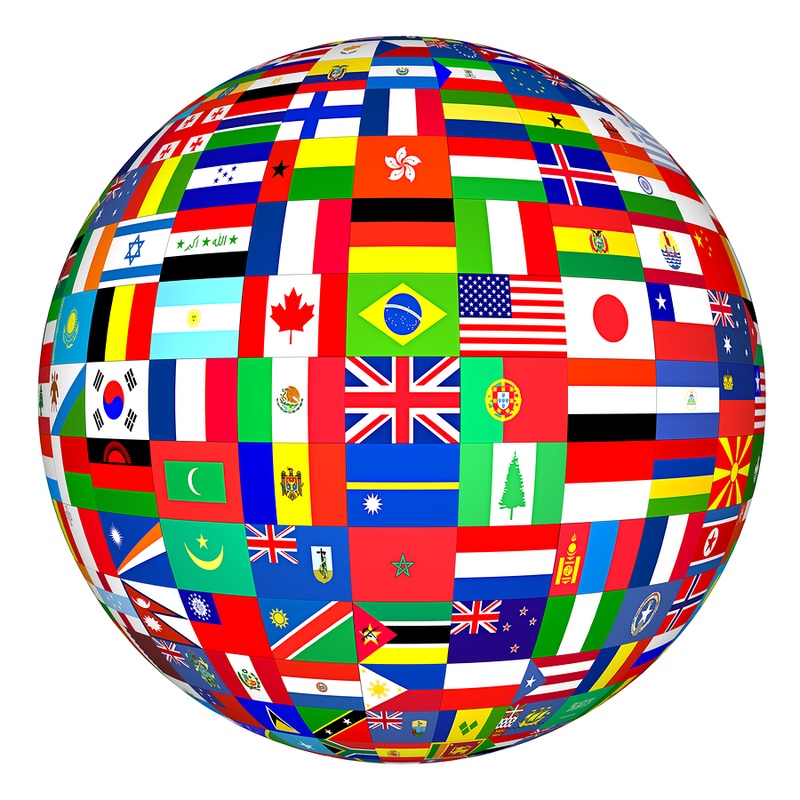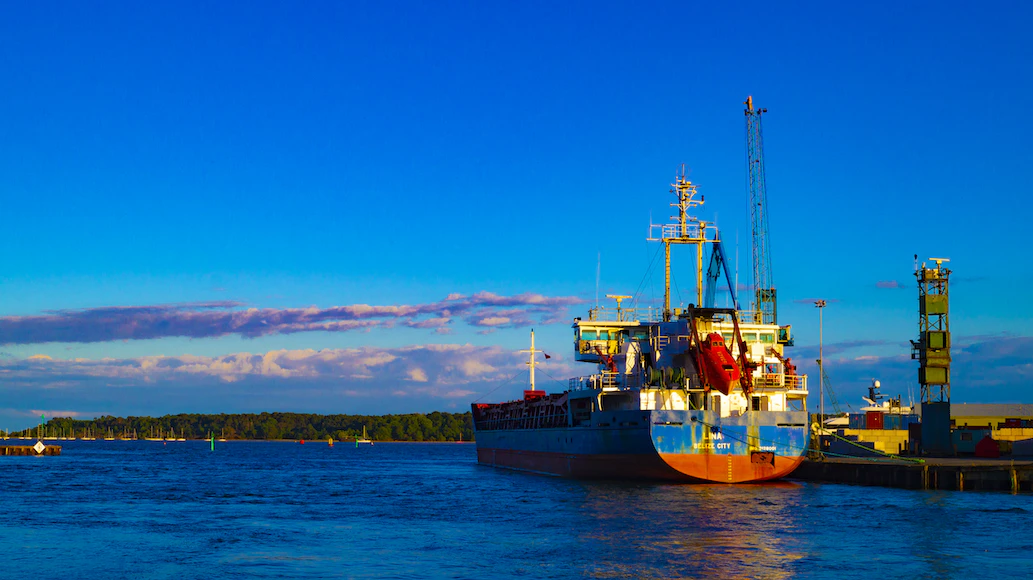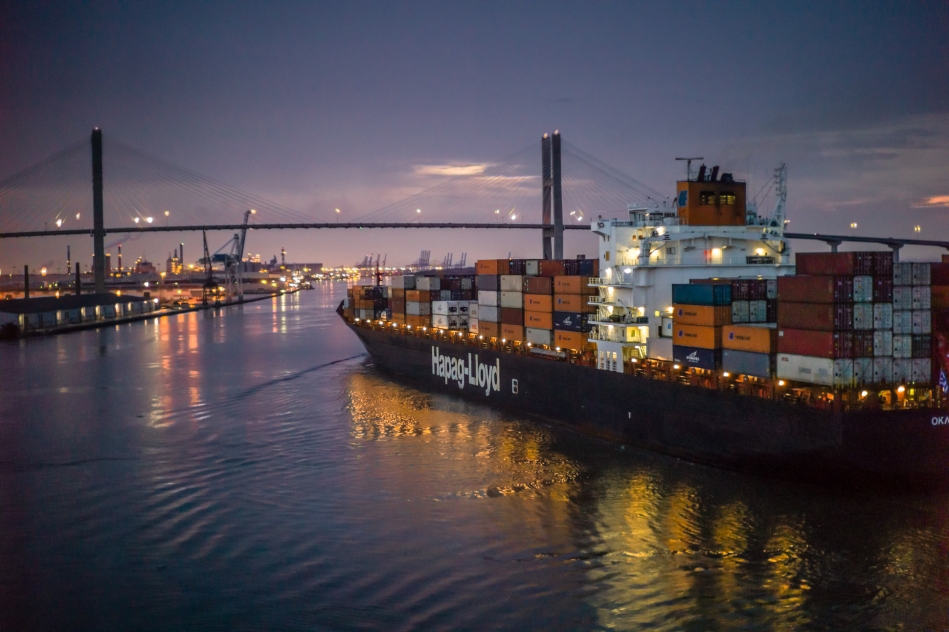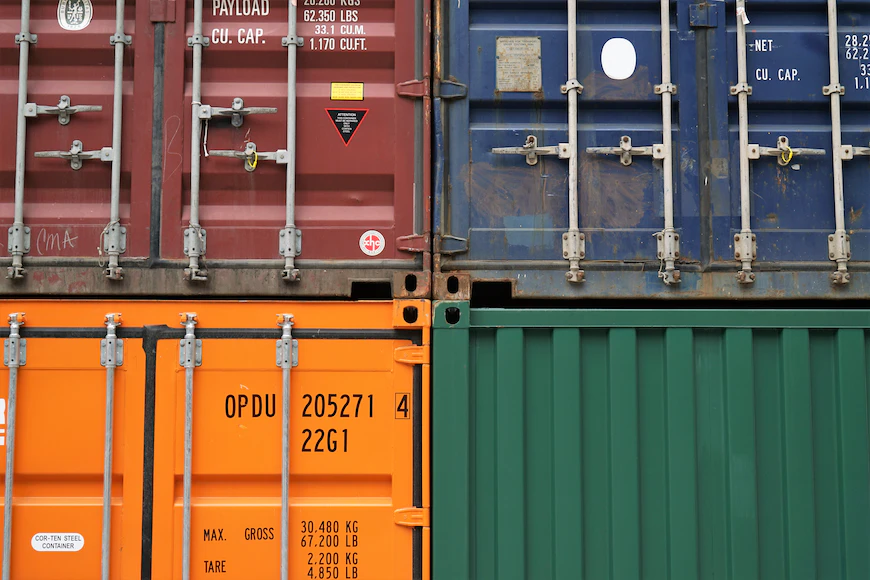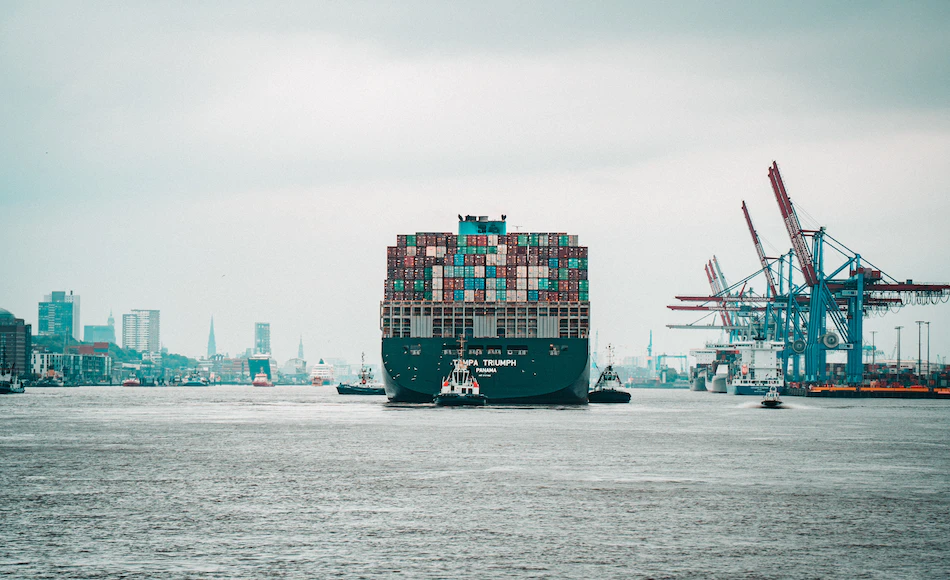Tips to Grow Your Import/Export Business
Starting an import and export business is one thing, knowing how to grow it from the ground up is another. It is true that this line of business can be so rewarding. But just like any other ventures, import/export also requires you to effectively move within the intricacies of its internal and external environment.
For most enlightened part of import and export business, having the right idea, the right amount of capital, and right tools and knowledge are the three basic components of success. Given that you have already established an import-export business you wanted to pursue, the next thing that you should do next is to learn how to grow your business in a smart way.
In this post, we will discuss the top five tips to keep your import-export business running and thriving this 2017 and beyond.
1. Build Relationship

image from blogs.pb.com
Perhaps the most obvious one. While the success of a business relies on relationship – whether with suppliers or customers – not all business owner knows this. If you are just starting out in your import-export business, then you should make networking with people in the countries you wish to export to one of your top priorities.
You can make use of social networking sites such as LinkedIn to help you with this task. It is a great place where many business owners engage with each other these days, as it allows you to expand your network and build a reputable name for your brand.
Also, while it is important to build a relationship with your suppliers, clients, and your own employees, you must not forget about those helping you with the logistics of your import-export business – your freight forwarder. If you don’t have a freight forwarder you trust, Excelsior Worldwide Freight Logistics Corp. is ready to be your partner and use our years of experience in importing and exporting to help you.
2. Keep Your Business Organized

image from i2.wp.com
In any kind of business, efficient and organization and management is a must to ensure that all the company’s resources are maximized and is helping you reach your desired goals. This is especially true in import and export industry, where you will most likely deal with different trading partners from different regions.
To keep your business organized and make sure you don’t get lost on track with your international dealings, make sure to use online tools to your advantage. This could range from to-do apps such as Trello, Evernote, and Wunderlist, to online invoicing platforms such as Due, Sighted and Invoicera. The advantage of using an online invoicing service over email is that it keeps all your payments administration and communication in one place, plus it allows you to work collaboratively with your clients despite geographical constraints.
3. But Keep It Flexible

image from caterergoodman.com
Dealing with different clients and suppliers around the world also mean encountering and managing different cultures and preferences in doing business and completing transactions. It is important to keep your business adaptable and to work with your clients regarding their preferred modes of delivery and payment options. Doing so will allow you to build a stronger relationship with your clients which is essential to your business’s success.
4. Ensure a Healthy Cash Flow

image from glorious.com.my
Just as important as an organized business is an efficient cash flow. Even if you know to yourself that you are perfectly profitable and have a number of pending payments and potential clients in the pipeline, it is still good to have a solid pool of working capital at hand to help your business manage cost when payments get delayed for any reason.
If you are exporting, you may consider asking your clients to pay at least half of the payment first before sending a lot of high-value product. Remember: facilitating a payment of an invoice, we take on all the risk of late payment – or worst, non-payment of that transaction.
5. Consider Improving Instead of Expanding

image from openit.com
While most busin ess people would want to expand their business to different regions, this is not the smartest thing to do for most of the time. If you export to China, there is nothing wrong with wanting to export to New Zealand, Japan, and European countries too. But as you spread your operations to those other countries, you must consider if your current business model can provide the same service you were giving to your clients in China.
Focusing in on how you can further improve the services you provide to your current customers and how you can be more effective in a region to which you already export can be much more profitable than exporting to a new region. Focus on what you do best first in order to ensure that your business is standing on a very strong foundation. This will result in expanding your client base in a region which you currently serve, and makes exporting to other regions much easier.
As the old adage goes: “Growth is never by mere chance; it is the result of forces working together”. To ensure that all your efforts will come to fruition, you must know how to steer your organization – from the employees up to top-level executive – towards a common a goal. Make sure to consider these tips and you will surely propel your import and export business forward into success.
Need a helping hand on starting your import and export business today? Contact Excelsior Worldwide Freight Logistics Corp. and let us help you in your journey in the import-export industry this 2017 and beyond. Call us at (+632) 525-9775 or email us at wecare@excelsior.ph


